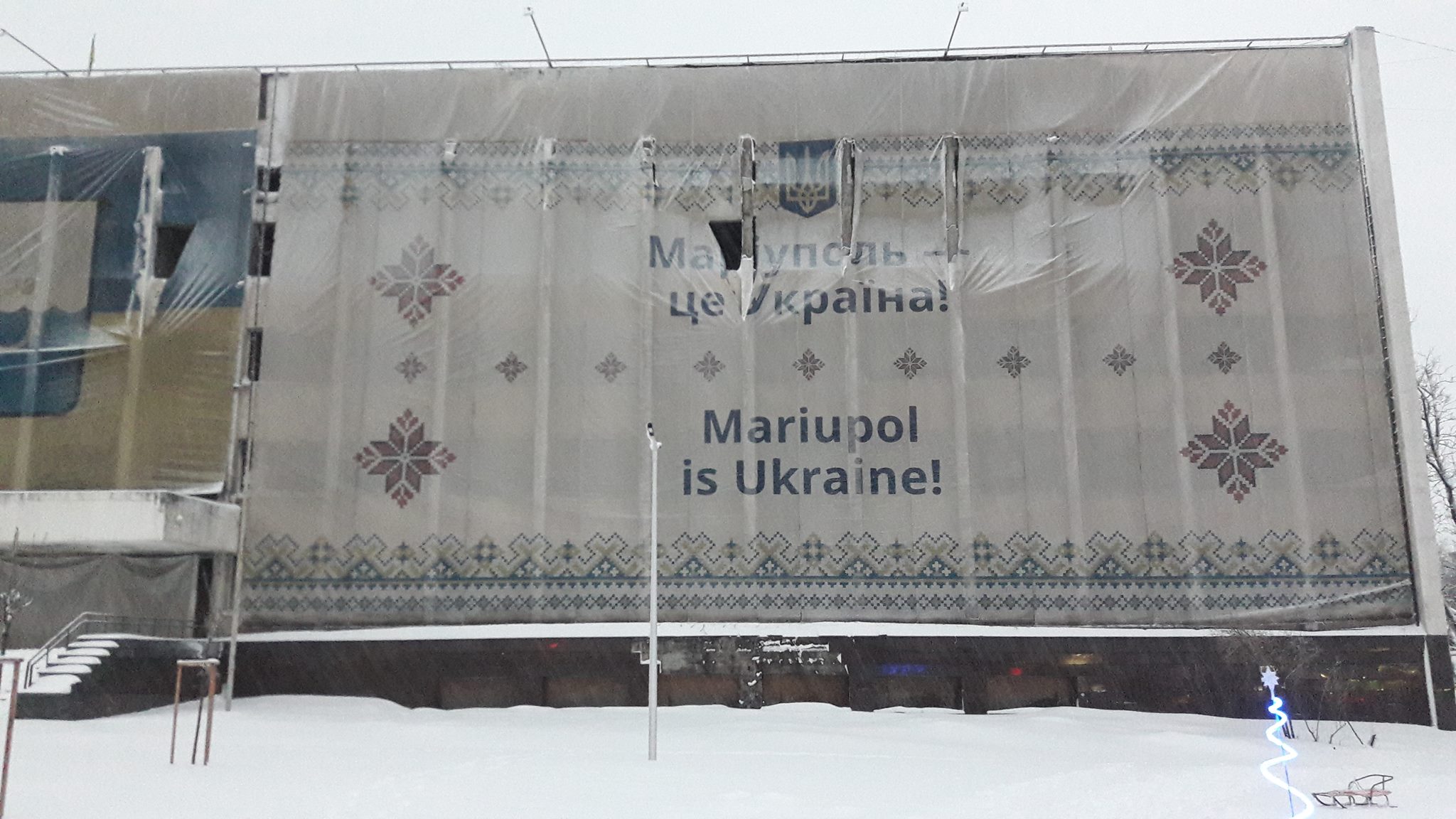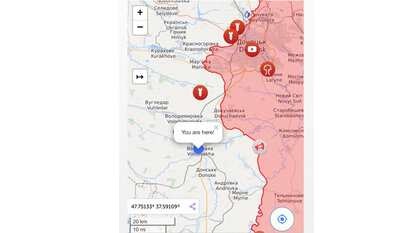“The war is never far away”

As the intern of the Friedrich Naumann Foundation for Freedom (Project Office Ukraine and Belarus), I have seen many places in Ukraine. I went on business-trips to interesting and beautiful cities such as L’viv and Odesa, and to more sleepy provincial towns such as Rivne and Vinnitsia. In my weekends I went to places such as the Carpathians and the Black Sea, but I had never been to the Donbas. In the final weeks of my internship I decided I wanted to see the entire country, which includes the Far East. However, my embassy advises against all travel to the Donbas due to safety concerns. After doing some research, I decided it would be safe enough as long as I would be careful, and so I boarded the train in Kyiv for an 18-hour train ride to Mariupol. I was very much surprised by Mariupol; I expected an ugly city with lots of military and tanks on the street. However, this nice coastal town has several monuments to offer to tourists, and its interesting history makes it a nice place to visit.
The war is never far away though, which is something I noticed especially when taking the bus from Mariupol to Sloviansk, in the northern part of the Donbas. Once the bus exited the city, we encountered the first road block. Heavily armed Ukrainian soldiers entered our bus and ordered all men under 55 to exit the bus. My Lonely Planet travel guide advised against visiting the Donbas, and it was written that foreigners showing up at roadblocks without a special permission to visit the Donbas would be in big trouble. Nervously I showed my passport to the soldiers, but although they seemed a bit surprised to see a foreigner, it was no problem for me to be there. Our bus journey continued making its way through the Donbas towards the north. On the map I could see that sometimes we were only a few kilometers away from the frontline. We passed trenches, bunkers and several roadblocks. The locals in the bus didn’t seem to mind though; they talked about life, love and what to bring to their Christmas dinner. It stunned me how normal the situation had become for these people, passing roadblocks every day and hearing the artillery sounds in the far distance.

After having passed the final roadblock, in which all men had to enter the police station individually, we arrived in Sloviansk. Sloviansk is a not so beautiful provincial town that had been occupied in the first few months of the war but had been liberated by the Ukrainian army in the summer of 2014. Although it has not seen any fighting in about four years, the city still bears its scars. Just outside the city, one can see a big psychiatric hospital and a few houses entirely in ruins, with some houses in between the rubble still being inhabited. I cannot even imagine what it is like to pass ruins like that on your way to school or work every morning.
During my trip to the Donbas, I talked with many people. The general impression I had was that most young people are pro-Ukrainian, most elderly people are pro-Russian and people in between are 50/50. One taxi driver told me he would regularly drive a small bus to the occupied city of Donetsk. He told me that in Donetsk, the roads are very good, but other than that life is much harder than in the non-occupied part of the region. He said that salaries were extremely low and that beer and cigarettes are very expensive.
In the Donbas, I did not only see misery and broken buildings. In Mariupol I visited many interesting buildings and a very cozy Christmas market. Near Sloviansk I visited the Sviatohirsk monastery and national park, whose forests reminded me of the gorgeous Carpathian Mountains. In general, I think visiting the non-occupied parts of the Donbas are save enough if you are careful, and the Donbas sure has things to offer to foreign tourists!